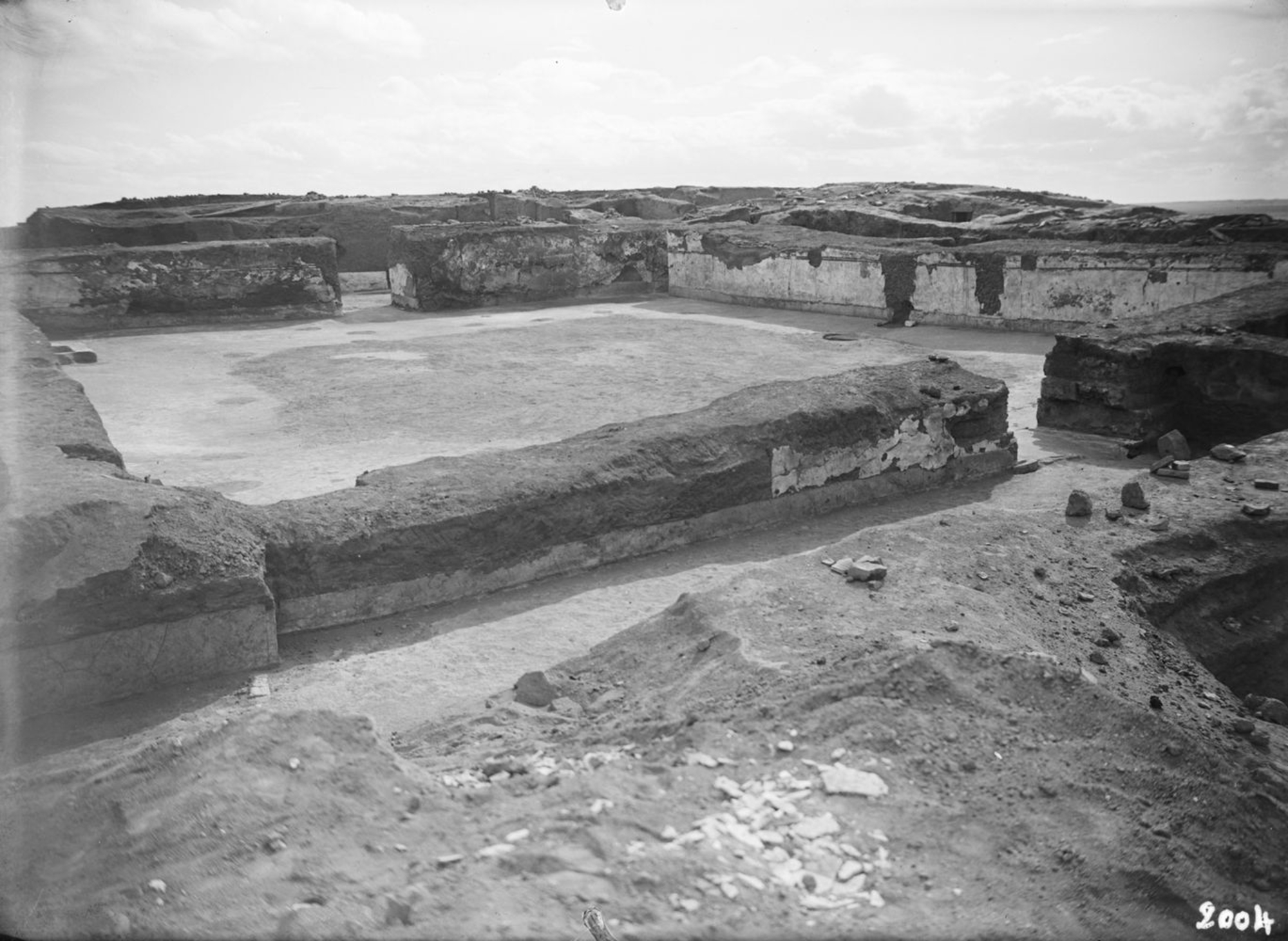
- Home
- The Great royal palace of Mari
- Diverse sources
Because Mari came to an end while it was still a fully functioning city and, despite being partially abandoned, much of the architecture and most of the material were not destroyed, the palace of Mari is an exceptional source of information on the Amorite world of the early 2nd millennium BCE.
Exercise of power
The archives tell us about how the king, his intendants and servants broadly managed the kingdom, while the architecture sheds light on the context of his actions and its symbols. Although it is important not to place too great an emphasis on the existence of temples in the palace, since they appear to be the exception to the rule in palatial architecture, the official group (Court 106, Rooms 64 and 65) with its paintings, statues and staged approach to the "great royal sanctuary” expresses the royal ideology.
In fact, since the Akkadian Empire, religion had taken a hold over the royal personage who sometimes appeared with the insignia of divinisation and the throne room adopted a morphology derived from temples. But the pictorial decorations also show the king in his various roles as a builder, warlord and overseer of sacrifices.
A reflection of society
The palace throws into particular relief the world of women, which is separate from the world of men, and its hierarchy – from the queen-mother to the current queen, to the queens of lower rank, princesses and the great ladies of the queen's entourage, to the head of a service.
We glimpse the world of men through various sources, also with its intendants, great servants, scribes and overseers of economic activity, and the craftsmen, who appear in an often furtive but nevertheless very real way.
Mirror of technology
The palace reveals the degree of technological advancement achieved by the architects and craftsmen of the Syro-Mesopotamian civilisation. Their mastery of organising space and materials – the mud brick handled with consummate skill, the strength of the foundations, the solutions they found for the framework – and, for example, their use of geometric lines, show an understanding of rhythm and proportion equal to Egyptian or Greek architecture.
Partners and authors
Associated media
Open Media Library

The Throne room

The Throne room

